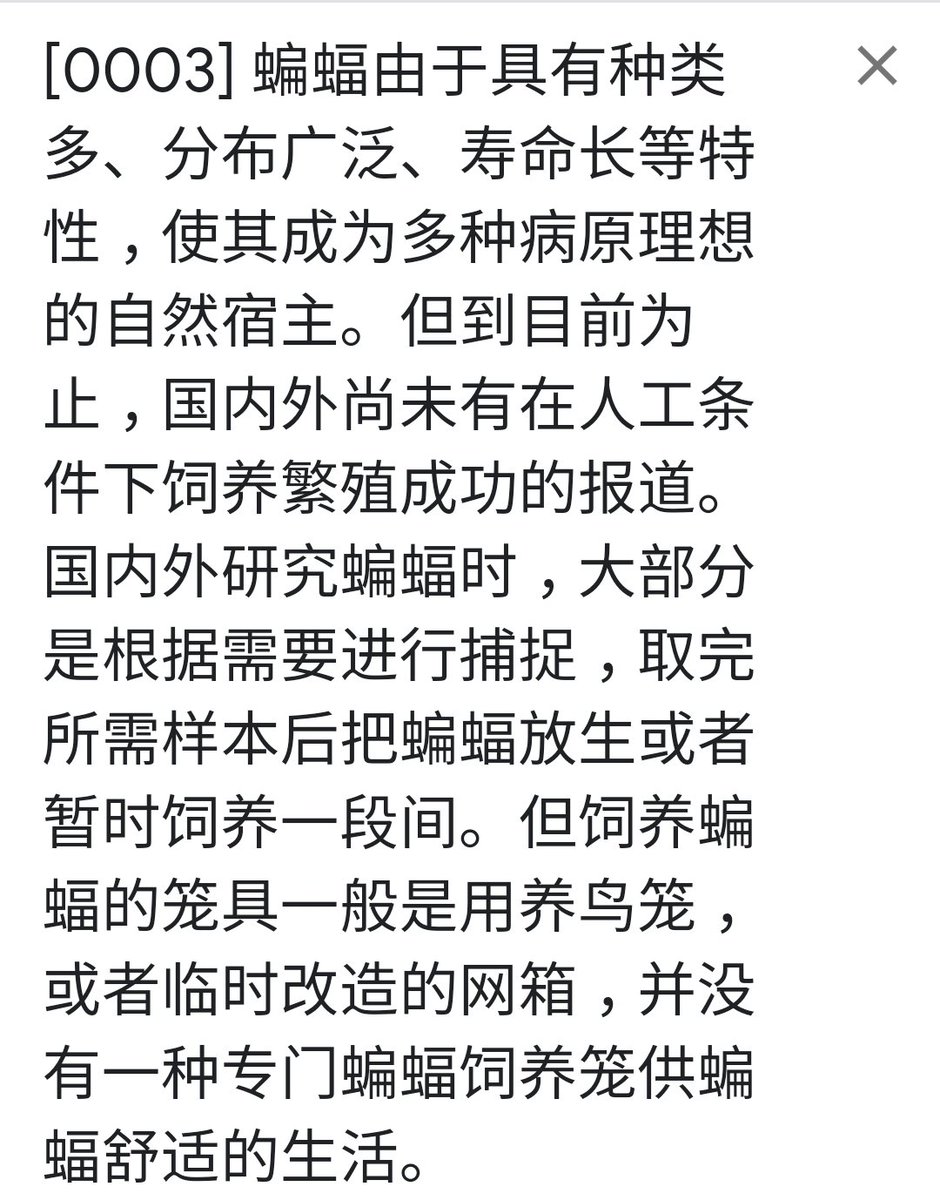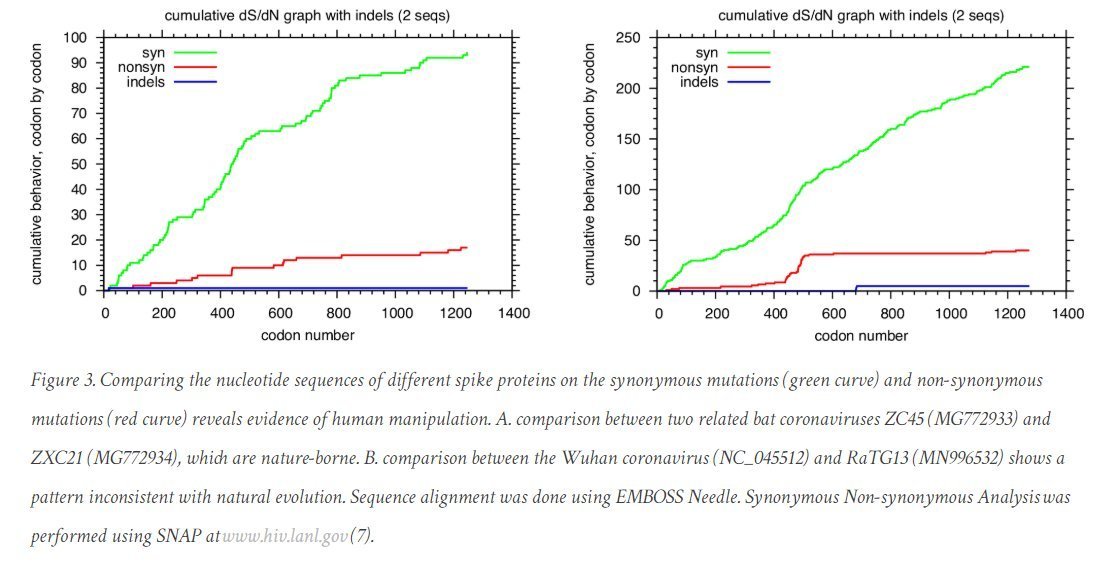
Nisi utile est quod facimus stulta est gloria
https://t.co/M9i7XGOgvT
3 subscribers
How to get URL link on X (Twitter) App


https://twitter.com/tgof137/status/1759743322154058188Peter's favorite visualization of early genomes (green=lineage A, blue=lin.B) immediately reminded me of an old thread in which I dissected a similar figure from Tang et al. 2020, a pioneering analysis of the 2 early lineages (red=lin.A, blue=lin.B).




https://twitter.com/niemasd/status/1503512847615086592Let's start with "the observed viral diversity" that guided their simulations. I note that "observed" here actually translates to "published".



https://twitter.com/MichaelWorobey/status/1461417259600023556It's a Lapalisse truth that to elucidate the origin of the pandemic we need to understand where & how the Wuhan outbreak started.
https://twitter.com/hiltzikm/status/1443047893699481601@Hiltzikm's opinion is clear from the start: he sees the lab-leak hypothesis as an unsupported assertion that should be branded as pseudoscience.



 @stgoldst @CNN @npwcnn The piece starts with three "massive coincidences":
@stgoldst @CNN @npwcnn The piece starts with three "massive coincidences":

 @Rossana38510044 @jhouse678 @franciscodeasis @nature @edwardcholmes @arambaut @angie_rasmussen @K_G_Andersen 2/
@Rossana38510044 @jhouse678 @franciscodeasis @nature @edwardcholmes @arambaut @angie_rasmussen @K_G_Andersen 2/ https://twitter.com/TheSeeker268/status/1313858771064512517?s=202/ How do the experts rationalize these facts surrounding SARS-CoV-2 origins?
